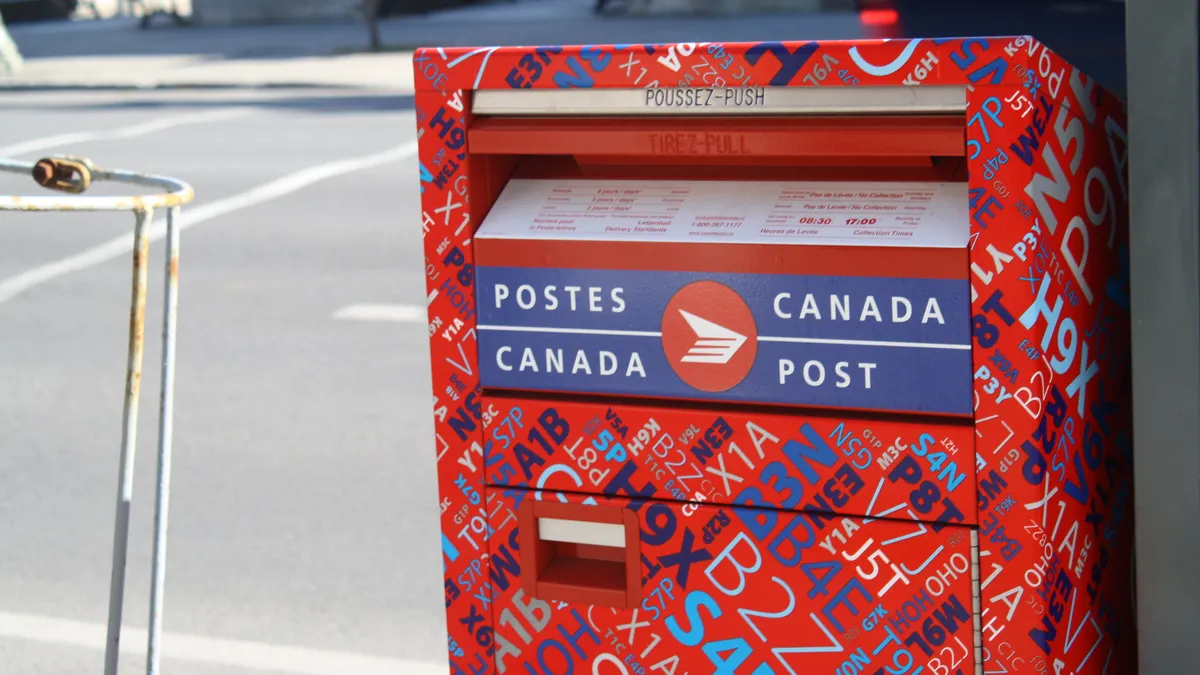A lone case of one hospital system saying it needs more N95 respirators would be easy to dismiss. The system didn’t plan properly, or perhaps it has an overload of COVID-19 cases. But when officials from 990 acute care hospitals say they’re using reusing respirators and relying on expired ones because they don’t have enough, that data tells a story.
Numbers from group purchasing organization Premier and data software company ESO show the supply chain gaps in getting needed personal protective equipment (PPE) to those on the front lines. Data on increasing orders of PPE in the hospital setting and the arc of COVID-19 calls compared to a typical flu season show the pandemic in a new light.
Healthcare systems, distributors and purchasing organizations, along with state and federal governments, rely on real-time data to manage supplies and model their equipment and staffing needs.
Past and present data paints a picture of supply needs
Healthcare procurement departments and group buying organizations track purchases as part of business. When a spike in usage occurs, it helps them understand their needs and project what will happen.
"Dealing with COVID, we’re using five to seven times more PPE than with the traditional patient," Michael Alkire, president of Premier, told Supply Chain Dive.
Typically, Premier purchases 22 million to 24 million N95 respirators per year for its members, including about 4,000 hospitals and 175,000 nonacute healthcare providers and organizations. In January and February, before the virus was spreading rapidly in the U.S., Premier’s members used 56 million respirators.
In late March, Premier's systems were ordering 110 million to 150 million respirators, Alkire stated in an Alliance for Health Policy webinar. According to a March Premier survey of its hospitals, 23% of respondents had less than a 10-day supply in inventory.
The number of SKUs on allocation, meaning ordering is restricted due to a shortage, has also skyrocketed. On March 23, 2,600 unique SKUs were on national allocation, Alkire said. By April 1, that number had risen to 9,200. PPE categories can have multiple SKUs. The N95 respirator could have 50 SKUs, including various sizes and colors.

The data on past purchasing helps Premier distribute products to its members. A distributor may give an organization the same amount it purchased last year if it’s in stock, or a percentage if it doesn't have enough product.
Data software company ESO tracks PPE usage daily for emergency medical systems (EMS), based on data from electronic health records. ESO is tracking more than 2,600 EMS agencies in the U.S., outside of California.
Premier and ESO are working with the federal government to determine the PPE needs of the nation’s healthcare system, in total and by category, including hospitals, clinics, EMS and other first responders.
The U.S. does not manufacture enough domestically, and China halted N95 respirator export due to needs in the country as well as a shutdown in manufacturing capabilities during the peak of China's COVID-19 crisis. The first flight from China with PPE, chartered by the federal government, arrived at the end of March. The cargo was distributed to New York, New Jersey and Connecticut.
A curveball in the data: Reusing N95 masks
A result of the strained supply of PPE is some organizations are reusing items. "We’re starting to see up to one-third of the [N95] masks being reused," ESO Chief Medical Officer Brent Myers told Supply Chain Dive. Premier’s survey showed 40% of respondents said they were reusing N95 masks.
The FDA recently approved Battelle Critical Care Decontamination Systems to run at full capacity. The systems are shipping to hotspots in the country and can decontaminate up to 80,000 pieces of PPE at a time.
Typically, Premier purchases 22 million to 24 million N95 respirators per year. In January and February, Premier’s members used 56 million respirators.

Historically, the EMS personnel have used N95 masks during only 1% to 2% of calls, and responders didn't always track the data since numbers were so low. The masks were never reused, as the responders maybe used a mask once a week.
That’s changing now. "Because of how difficult it is to determine up front if a patient has COVID-19, many agencies are instituting a policy that on every call, you walk in the door with eye protection, masks, gloves and a gown, until you’re satisfied that they don’t have [COVID-19]," Myers said.
ESO recently added options on the pull-down menu to document whether the PPE items were reused. On March 29, EMS personnel documented using about 10,000 new masks, and reusing 5,000 of them, for a total of 15,703 mask uses.
Modeling for staffing and hospital surge
The supply chain data is also used to help determine staffing and the need for quarantine. Hospitals report to the EMS companies if they transported someone later found to have a positive COVID-19 test. The EMS company can query the ESO system, verifying if the personnel were wearing PPE for that encounter. If they weren’t, the responders would need to be quarantined for two weeks.
Tracking the number of EMS calls can foreshadow the rate of positive diagnoses and hospital admissions for COVID-19, which can affect hospital staffing and PPE usage.
"When we look back at the year-over-year graph, our curve follows the CDC curve and in some cases leads that. We may see a spike a week before the hospital does," Myers said, as the data is real-time or close to it, and the hospital has to wait for a positive COVID-19 test result.
By following national and local charts to see statistics on people calling 911 with respiratory distress and fever, ESO is positioned to see when the curve goes down. ESO already uses these metrics annually to identify when the flu is waning.
Sharing data for hypervigilance
The federal government is looking for days-on-hand inventory numbers, and Premier provides it through surveys and utilization patterns. Working with the federal government, and even sharing this data with competitors is not new, Alkire said. Supply chain organizations have disaster response divisions for hurricanes, floods and other disasters. "It’s a capability set up years ago to help healthcare systems when facing a disaster," he said. The difference with COVID-19 is the large scale, and multiple markets affected simultaneously.
ESO is fine tuning data like how many articles of PPE are used in each dispatch. Annually, there are about 26 million EMS calls in the U.S., Myers said. "Once we get the [PPE] rate per call, we can give policymakers some idea of how fast they’re utilizing them, in comparison to hospital colleagues." ESO is sharing figures with competitors to get a blended rate to give to the government.
Premier is following New York hospitals’ PPE usage closely: how much PPE and how it's used. Some of Premier’s healthcare organizations report volume and share best practices electronically, giving Premier the rights to pull the data from the ERP system Premier has had for a decade. Not all Premier members are equipped with that electronic reporting capacity, and some submit information manually.
"Dealing with COVID, we’re using five to seven times more PPE than with the traditional patient."

Michael Alkire
President, Premier
One of the kinks in interpreting the utilization and PPE needs data is that organizations have different requirements. Each has its own perspective in ranking the most important medical supplies. In the Premier survey, some ranked the need for N95 masks as their number one need, while others ranked it number five. "When you’re being surveyed, there’s variability in who answered the survey," Alkire said.
Eventually, Premier wants to leverage technology to create one point of understanding for how orders are occurring across its entire healthcare system, aggregating the data. "That will allow us to be hypervigilant to identify where shortages are happening early," Alkire said.





















